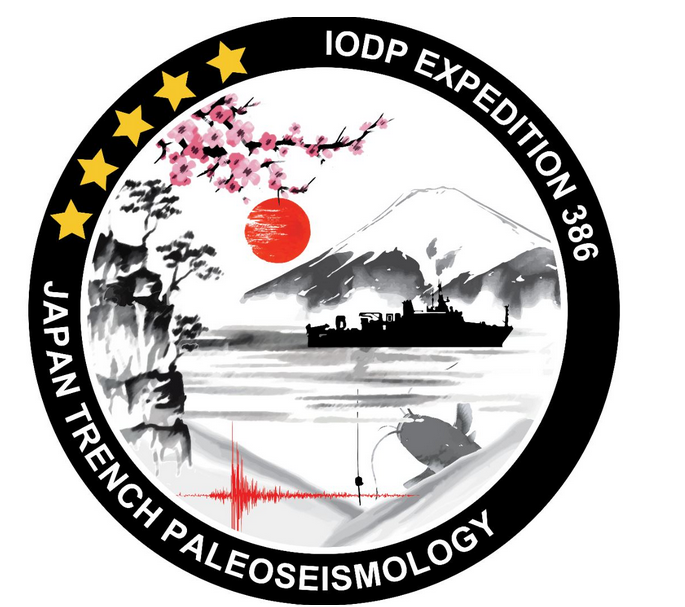QuakeCycle-Japan - Earthquake Archive in the Geological Record of the Japan Trench:
Testing the “earthquake supercycle” hypothesis with statistically robust paleoseismic data
Funded by the Austrian Science Fund (FWF) (2023- June 2027; FWF Project Nr. P 368090)
PI: Prof Dr. Michael Strasser
Project team at UIBK: Prof. Dr. Jasper Moernaut; Prof. Dr. Jürgen Konzett; Mishelle Muthre. (PhD student); Charlotte Pizer (Post-Doc);
International Project partners and collaborators:
Dr. Ken Ikehara, Geological Survey of Japan:
Dr. Toshiya Kanamatsu, Japan Agency for Marine-Earth Science and Technology (JAMSTEC)
Prof. Dr. Jyh-Jaan Huang, National Taiwan University
Prof. Dr. Rui Bao, Ocean University of China
Dr. Takashi Ishizawa, Tohoku University
Dr. Yasufumi Satoguchi, Lake Biwa Museum

Wider research context: Short instrumental records limit perspectives on the largest megathrust earthquakes and their hazard. Such “giant” earthquakes can be multi-segment ruptures and may break boundaries deemed rupture barriers. Current knowledge suggests different types of supercycles maintained for such earthquakes. Yet, even emerging paleoseismic records do not yet contain enough accurately dated, spatially-well-distributed events to capture the full spectrum of spatiotemporal rupture variability for sound validation of proposed recurrence models and interpretation of barriers to be persistent remains inconclusive.
Objectives/Hypotheses: We aim at filling this gap for the JapanTrench with “submarine paleoseismology” to (i) extract megathrust earthquake signals out of event-stratigraphic sequences preserved in the geological record (ii) elaborate high-resolution long-term spatiotemporal earthquake histories along the entire subduction zone, and (iii) use this novel paleoseismic data for rigorously testing the hypotheses of H1: supercycles in giant earthquake occurrence, and H2: structurally-controlled long-term persistent rupture boundaries.
Approach/Methods: Analyse IODP-Exp386“JapanTrenchPaleoseismology” cores from continuous >17kyrs-spanning trench-fill sequences recording past megathrust earthquakes as calibrated for historical events by: (i)XRF-corescanning-chemostratigraphy for multivariant-statistic-based event-stratigraphic correlation (ii)petrographic/geochemical data for bulk and single-grain provenance of event beds/-internal multi-pulse sequences, combined w/ 3D-gravity-flow simulations to track sediment source of seismic shaking; and (iii)establishing chronologies from Bayesian age-depth models integrating bio-, tephra-, paleomagnetic secular variation stratigraphic and 14C dating. Sensitivity-analyses of shared chronologies from unique tie points to evaluate and propagate inherent dating uncertainty will then allow for mathematically-sound quantification of the probability of event-correlation across segments, and test spatiotemporal recurrence statistics.
Level of originality/Innovation: The first research endeavor to deliver unprecedented long-term (>10kyrs) paleoseismic data from >10sites along an entire subduction margin w/ different megathrust asperities. The JapanTrench currently is the only place worldwide where such data/samples are available at no further risk for its acquisition. Using state-of-the-art methodology and innovative strategies to apply the calibrated paleoseismology approach on long paleorecords, the project will define the new frontier in submarine paleoseismology and takes the lead in rigorously testing seismic cycle and seismotectonic hypotheses with observational data.
